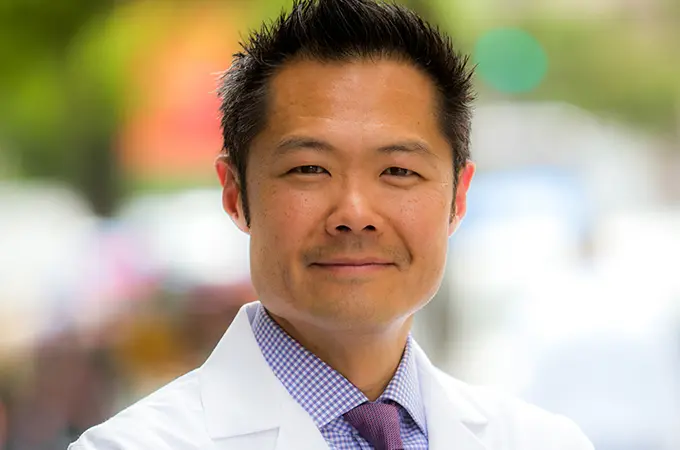Last fall, renowned urologist and male fertility specialist Paul R. Shin, M.D. joined the medical team here at Shady Grove Fertility and since then we’ve been constantly answering, “How important is healthy sperm when it comes to fertility?” As patients have become more educated about male fertility which makes up 40 to 50 percent of all causes of infertility, the attention on semen, which contains sperm, has increased. Along with our patients, SELF magazine was also curious about the topic of sperm and fertility and recently published “12 Fascinating Facts About Semen” featuring Dr. Shin, among other healthcare professionals. Dr. Shin answered several questions about sperm and fertility are related and described how “semen is actually one of those things that will probably make you marvel at how amazing the human body is.”
What’s the difference between semen and sperm?
The first thing to know is that semen and sperm are different. Semen is the material that is ejaculated, and sperm is carried in the semen. The sperm contains half the 23 pairs of chromosomes and the egg contains the other half. It’s the sperm that will fertilize the egg. Once fertilization occurs, the embryo will have a full set of chromosomes (46 or 23 pairs).
Although semen carries millions of sperm, it’s made up mostly of water. Dr. Shin explains that there’s only about 10 calories in each ejaculate. Besides water, Shin told SELF that semen contains, “sugars like fructose, prostate-produced proteins called prostaglandins, and enzymes.” Even though the amount of semen in each ejaculation is only about 1 to 1.5 milliliters, there is a lot of sperm in each ejaculation—about 15 million sperm.
How does sperm find the right egg?
With so many millions of sperm and only one egg to fertilize, one would assume it would be an easy task for one sperm to make its way to an egg. Unfortunately, the human body puts the sperm through many “obstacles” to find and fertilize an egg. First, the vagina could be considered an “inhospitable environment” for sperm. The vagina has a high acidic pH that doesn’t allow the more basic sperm pH to easily move through. The sperm must next navigate which fallopian tube to travel through, be in good enough shape to fertilize it, and then fertilize the egg.
Do lifestyle choices affect sperm?
Yes. Smoking, being overweight, using a hot tub multiple times a week, and spending a lot of time in front of a hot oven are all examples of ways sperm can be damaged. Still unproven scientifically is whether the heat from a laptop computer can negatively affect sperm. However, it’s probably best for men to keep laptops away from their actual laps.
What’s the main difference between sperm and egg production?
Unlike women who are born with a finite number of eggs, the majority of healthy men will produce 2 trillion sperm in their lifetime. While sperm production does decrease as men age, the decline isn’t as drastic and starts later in life.
What is the relationship between sperm and fertility and why is a semen analysis an important part of the infertility work-up?
While all these facts and figures are interesting, male factor infertility is the cause of up to 50 percent of all infertility cases. Having a baby is possible with low sperm count and decreased motility (movement of the sperm); however, the first step to treatment is diagnosis. At Shady Grove Fertility, both partners undergo simple diagnostic testing, which includes a semen analysis for men. The purpose of the semen analysis is to determine if any of the following factors are less than ideal, which could impair conception:
- Sperm count (concentration)
- Volume
- pH (level of acidity)
- Motility
- Progression (motion and forward progression)
- Semen viscosity (consistency)
- Morphology (shape and appearance)
- The presence or absence of white, red, blood cells or immature sperm
To learn more about sperm and fertility and how our reproductive endocrinologists and urologists diagnose male factor infertility, call 1-877-971-7755 or click to schedule an appointment.


